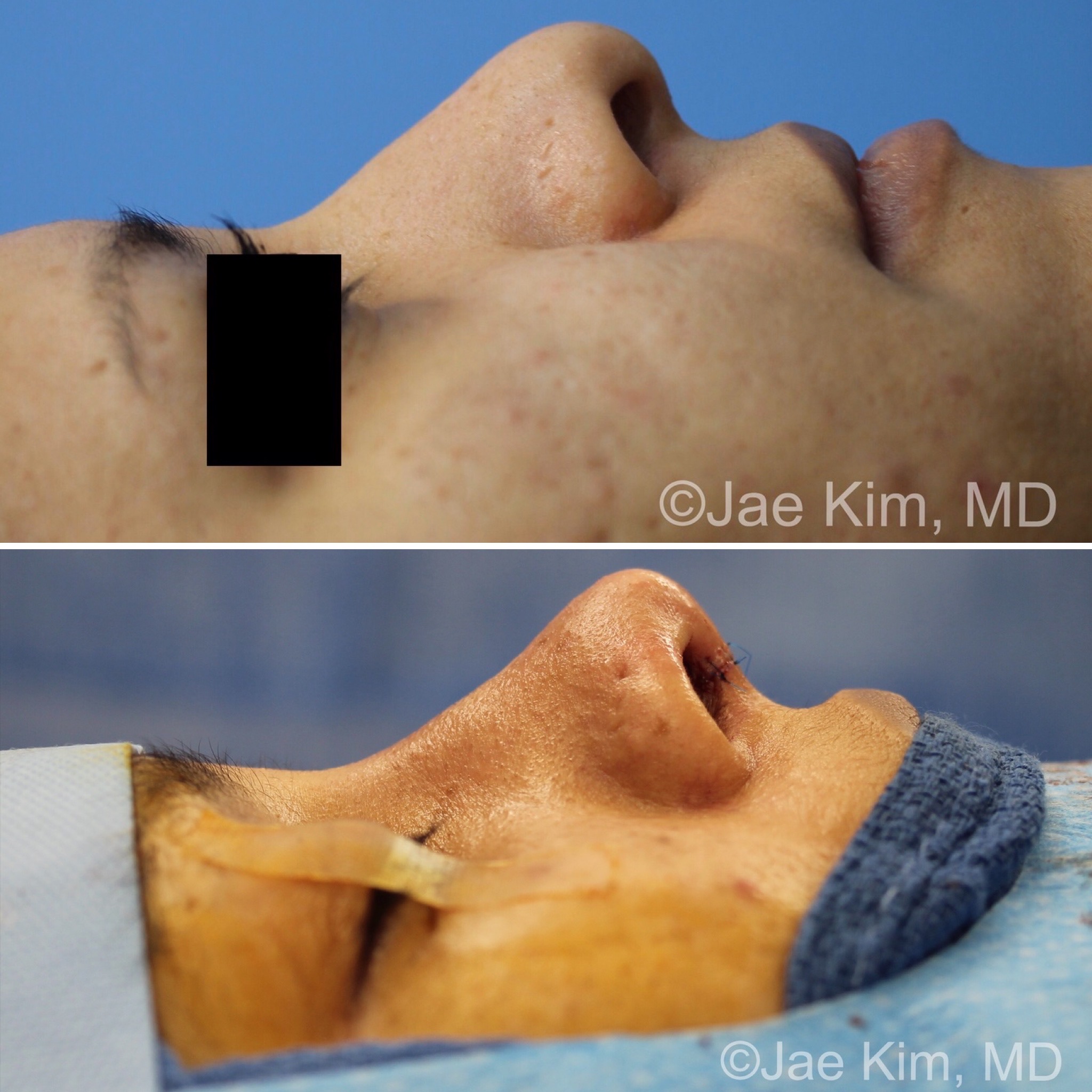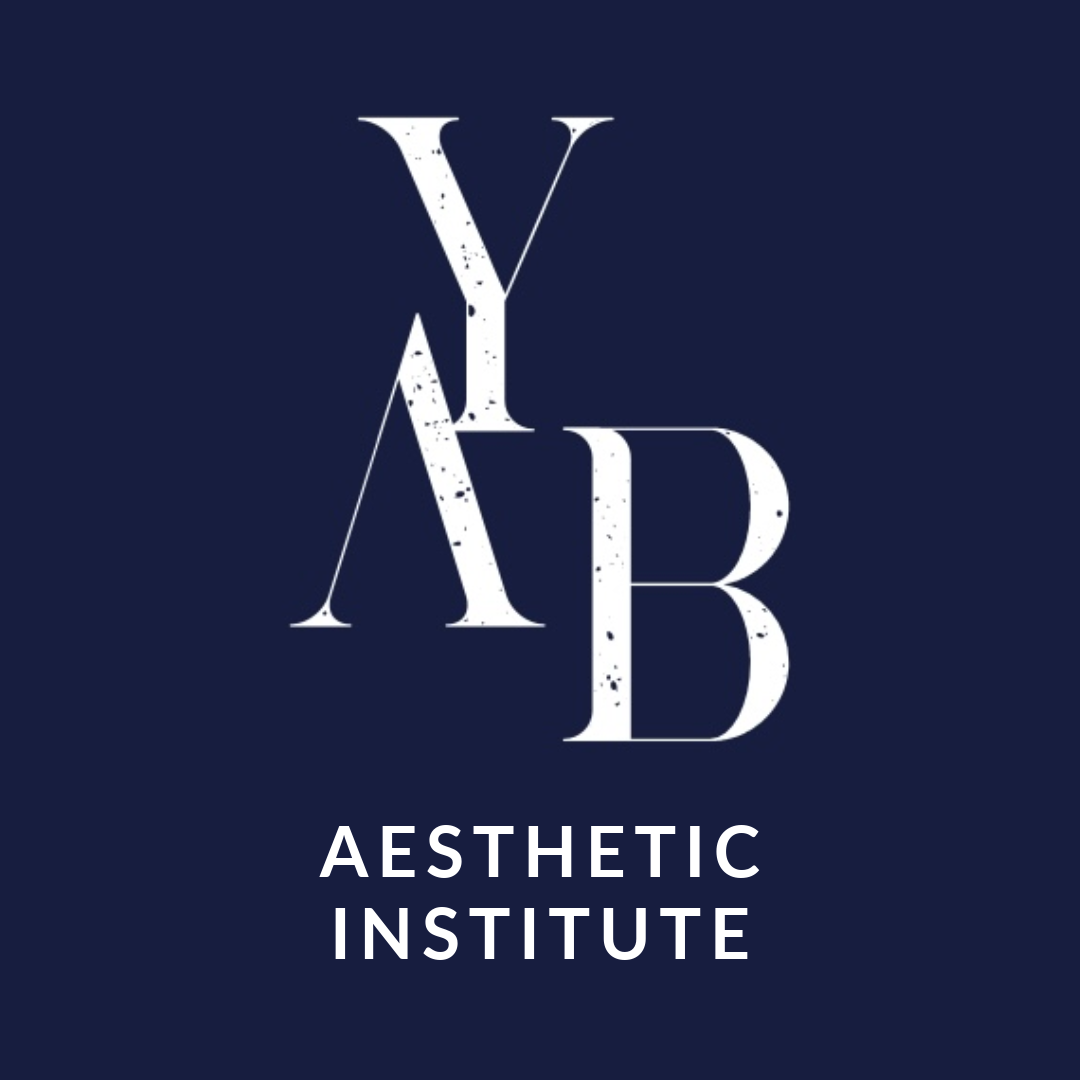
Caucasian vs Ethnic Rhinoplasty
Our nose takes up less than 10% of the area of our face, but why is there such a fascination with it? For one, it is at the very center. The first thing people see is our face, and with the nose at the center, it really defines our facial beauty. Additionally, every nose is unique, and a large part of the unique shape is related to our ethnic roots. Let’s break down some of the differences and what the implications are when it comes to rhinoplasty.
Aesthetic Differences
You might be thinking, a nose is a nose, right? It is worth a closer look. Non-Caucasian people tend to have wider and flatter noses. If you draw a straight line down from the inner corner of your eye, the nostril outline in Caucasians meets that line. However, in many non-Caucasians, the nostril outline extends outside this line, giving the appearance of a wider nose. Another feature is the tip of the nose, which is often more pointy and projects farther forward in Caucasian people compared to non-Caucasian people. While some non-Caucasian patients may desire rhinoplasty for a narrow or pointy nose, the shape of your nose should be consistent with your ethnicity and facial beauty when undergoing rhinoplasty.
Structural Differences
In Caucasians, the skin and soft tissue of the nose are thinner, and the underlying cartilage and bone are stronger. However, non-Caucasians have thicker nasal skin and soft tissue. Additionally, the underlying cartilage and bone are weaker, which may lead to drooping of the nasal tip and flattening with certain facial expressions.
Implications for Rhinoplasty
The general process of Caucasian rhinoplasty makes the nose smaller, which may involve bringing down a hump or narrowing the nasal bones. If structural work is necessary, the cartilage from within the nose is usually abundant and strong enough to do the job.
In non-Caucasian rhinoplasty, the goal is often to make the nose bigger or stronger. The structural work of making a nose bigger and stronger requires strong cartilage. Because the nasal cartilage and bone are weaker and less abundant, some non-Caucasian patients may require cartilage from other parts of the body, including the ear or rib. The new stronger nasal framework helps improve the definition for excellent long-lasting results.
Conclusion
Rhinoplasty is a very personal experience for patients. The goals of rhinoplasty must be in line with aesthetic norms that are consistent with your ethnicity and culture. Most importantly, the end result of rhinoplasty should complement your facial beauty and look like your nose. Trust your rhinoplasty surgery to a specialist who is aware of these differences and proficient in the different techniques. Call (703) 705-2100 for more information or to schedule your consultation with Dr. Jae Kim today!


